It’s critical to secure your new smartphone. Make sure it locks quickly after inactivity and start with a strong PIN, pattern, or biometric lock. Examine app permissions frequently and restrict unauthorised access.To add an extra layer of security to your accounts enable the two-factor authentication option. Switch on the Find My Device to monitor and protect your phone incase it is lost or stolen. Other recommended settings include enabling automatic updates to ensure that your operating system as well as myriad apps are always updated with new security patch. Last but not the least, do not use unprotected Public Wi-Fi or if using use VPN and always ensure that GOOGLE PLAY PROTECT is ON. You can properly protect your smartphone by following these procedures.
Lock Screen Security
Protecting your new smartphone starts with creating tighter lock screen security in order to avoid your phone being used by other people. Select an easy to remember PIN, pattern, password or biometric identification mode. You will need to change your options so that you are locked immediately after some time of inactivity to avoid your phone being exposed. Some of them are as follows:-Individuals can configure the lock screen notifications with a view to preventing some information from being displayed without first unlocking the device. To enhance this security, use such gadgets options such as in the find My Device that can lock or wipe data if the gadget is lost or stolen. It is therefore very important to periodically check your security options and modify them for the best protection for your data and identity. If you follow the said steps above, the security of your smartphone will be heightened by leaps and bounds.
Read More: Mobile Repair Dubai
App Permissions
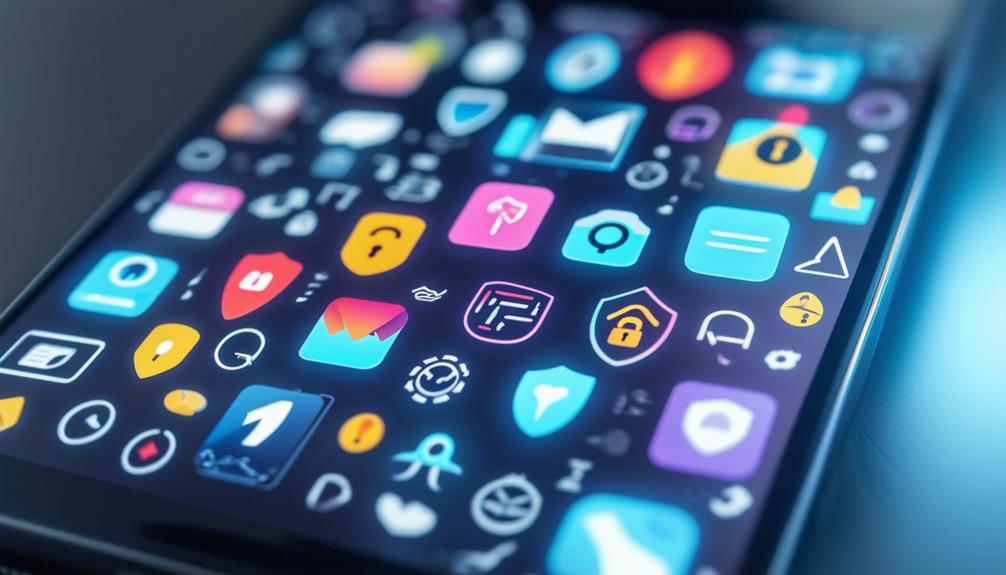
Let’s now discuss app permissions. Start by going over and modifying them to limit the information and features that each app can access. Restricting access levels lowers security risks and protects your privacy.
Review App Permissions
It’s crucial to often check app permissions in your Android security settings to limit the data and features that each app on your phone may access in order to safeguard your personal information. Examine the permissions for each program by going to the Settings menu. Make sure no unauthorised apps are able to access your device by adjusting them to restrict needless access and improve security. Make sure you:
- Monitor apps requesting access to sensitive data such as your location, contacts, and camera.
- Regularly check permissions to confirm apps aren’t overstepping their boundaries.
- Apps that request a lot of permissions, including access to your microphone, should be avoided as they may be security threats.
- Modify permissions according to need, allowing just those that are necessary for the application to operate.
Limit Access Levels
Limiting access levels is essential after checking app permissions in order to safeguard your private information and features. Go into your Security & Privacy settings and select the Permission Manager. You may control and modify each app’s access levels with this tool. Make sure apps only access the capabilities and data they need. Apps that ask for too many permissions should be avoided; if they are not necessary, think about deleting them. Maintaining strong security and privacy on your smartphone requires routinely monitoring app permissions. You may prevent needless exposure or misuse of your device’s functionality and personal information by methodically limiting app access. Update your Android security settings on a regular basis to improve the security posture of your smartphone.
Two-Factor Authentication
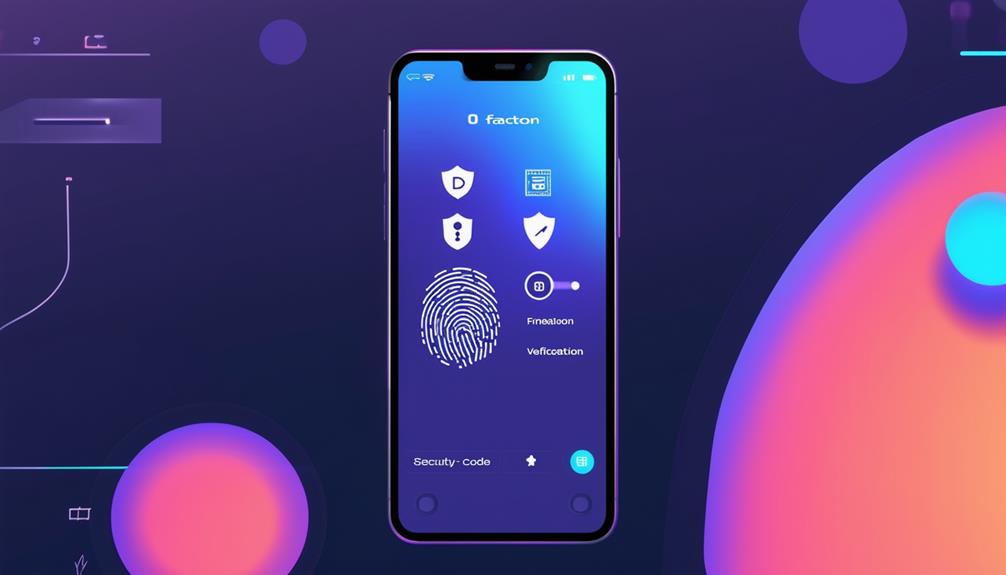
The most significant improvement your smartphone receives is enhanced security by two-factor authentication to complete a verification process. With a strong passcode, other people cannot run their nasty deeds even if they know your password to your accounts. To add two-factor authentication to your phone is very simple and increases security by far.
Popular methods include:
- Receiving a code via SMS
- Using an authenticator app
- Biometric verification (like fingerprints or facial recognition)
- Email verification codes
Device Tracking
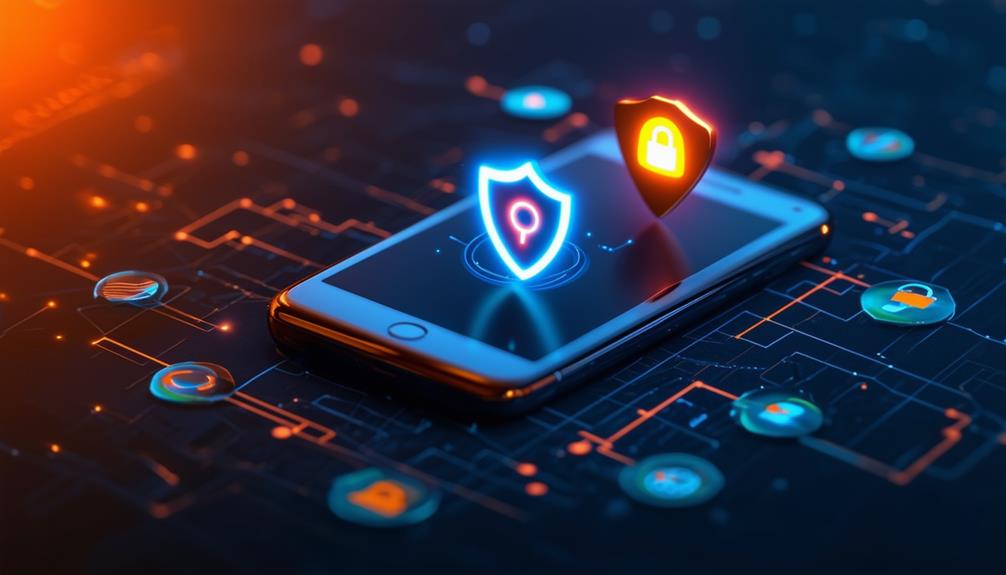
In the event that a phone is lost or stolen, it may be tracked by activating the Find My Device in the phone’s setting. This useful feature allows you to remotely control the phone to protect your data/privacy and stop undesired access on your device by either locking it or deleting data incase you lost the gadget. For precise tracking, make sure location services are turned on. It’s easy to find your device from anywhere by using your Google account to visit Find My Device on any web browser. In addition to helping with phone recovery, Find My Device safeguards your data by blocking unauthorised access. Getting to know this function will improve the security of your smartphone and give you peace of mind. Don’t wait; set it up right away to protect your smartphone.
Automatic Updates
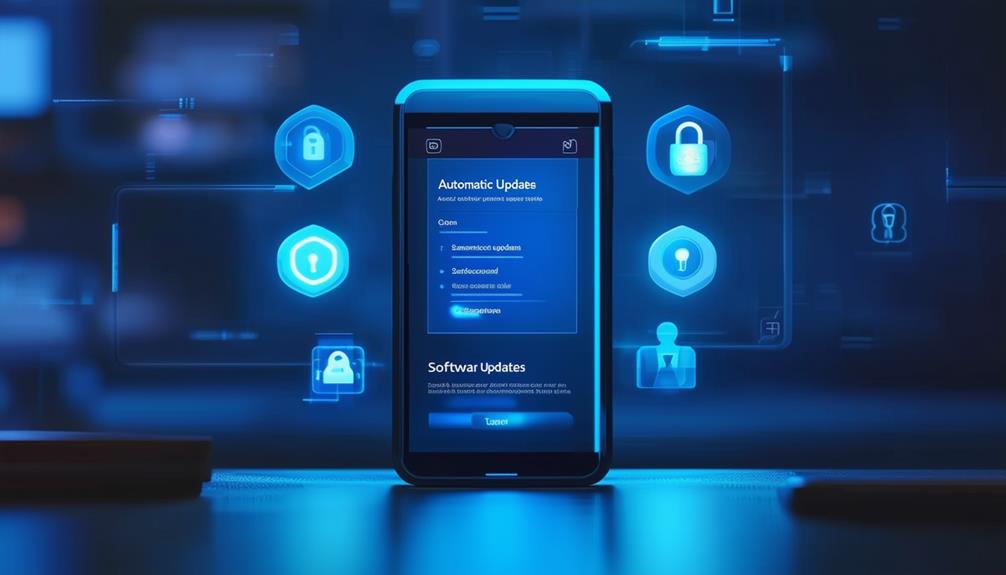
Turn on OS security patch alerts and automatic app upgrades to keep your smartphone safe. This guarantees that you get timely software updates that guard against security flaws. You remain ahead of possible security risks by doing this.
Enable Automatic App Updates
One of the easiest yet effective ways to maintain security and usability of a smartphone is to let your apps update automatically. Updates for apps automatically If you want your apps to update automatically, make sure they have the most recent Android security updates and bug fixes installed. The updates occur behind the scenes hence acting as a time and effort saver.
The following justifies adding this parameter to your list of crucial Android security settings:
- Security: Staying up to speed against malware and cyber attacks might help you avoid potential vulnerabilities.
- Convenience: Make sure your key Android security settings are current and save time by having upgrades happen automatically.
- Performance: With each update, take pleasure in enhanced app performance.
- Protection: Stay protected with the latest security enhancements.
A small step that has big rewards is turning on automatic app upgrades, which will keep your smartphone safe and functional.
OS Security Patch Alerts
Enabling automated OS security patch updates is just as important as keeping your programs current. These upgrades are essential for addressing security flaws and shielding your device from possible online attacks. You can get the most recent security fixes straight from the operating system by making sure automatic updates are turned on. This fixes known security flaws and enhances the general functionality of your smartphone. You may stay up to speed on critical upgrades by routinely checking for OS security patch alerts. Your device may become exposed to attacks if you neglect to apply these patches. Therefore, don’t ignore this important parameter. By keeping your smartphone updated with the most recent security patches, you can take preventative measures and make sure it stays safe.
Timely Software Fixes
By turning on automatic software updates, you can make sure that your phone gets critical Android security updates and bug patches as soon as possible. Frequent updates shield your device from potential security flaws and online attacks. You can keep your phone safe and save time by letting updates install automatically.
Keeping your device updated will help you stay ahead of security threats and experience better performance. The following justifies turning on automatic updates:
- Immediate Protection: As soon as the most recent security updates become available, get them.
- Improved Performance: Benefit from the latest software enhancements and optimisations.
- Time-Saving: Updates don’t interfere with your daily schedule because they install in the background.
- Peace of Mind: Avoid manually checking for updates and stay safe.
Turn on automatic updates to keep your smartphone secure with little work.
Wi-Fi Security
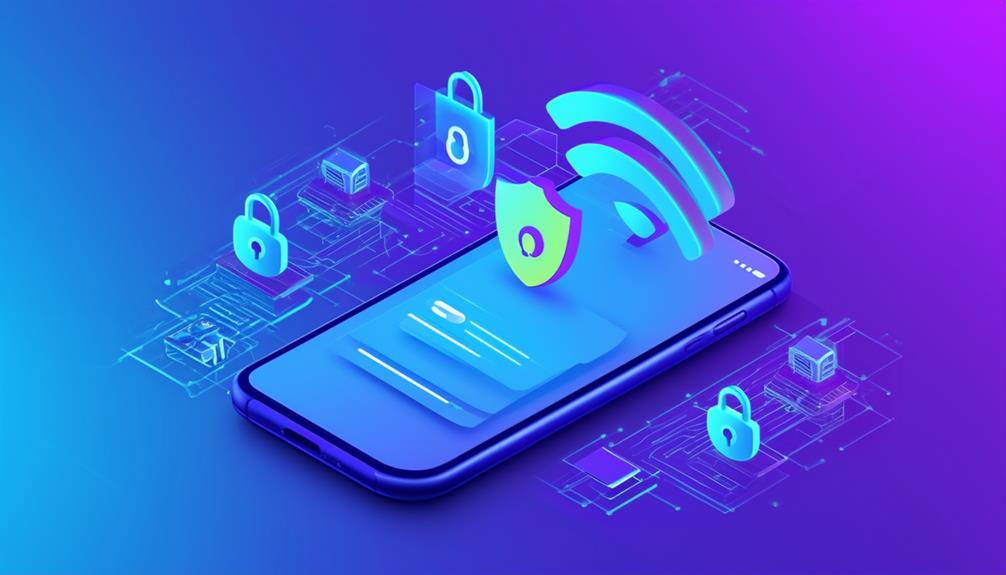
As a result, one should avoid connecting to unsecured public Wi-Fi networks for his or her data is in the hands of hackers. Best for you to steer clear from these networks as to safeguard your information. When being forced to use Public Wi-Fi, use VPN to increase your safety while browsing the internet. Before you join any WPA/WPA2 encrypted network, make sure that the network is safe, so as not to compromise your data. Switch on encryption on your smartphone to reduce risks of a data breach while using public networks. It is also important to exercise a certain level of concern for the information flowing in and out of your computer. One should not transact while on public Wi-Fi because siren data can be intercepted from public Wi-Fi. Following these steps will help you to increase security of your smartphone and to preserve your important data.
Need Mobile Repair Services in Dubai Call us: +97145490505

